NASA's James Webb Telescope discovers Galaxy that mirrors Milky Way
NASA’s James Webb Telescope has heled find a Galaxy named Sparkler which is behaving just like our Milky Way Galaxy, which also grew by feeding on smaller galaxies.
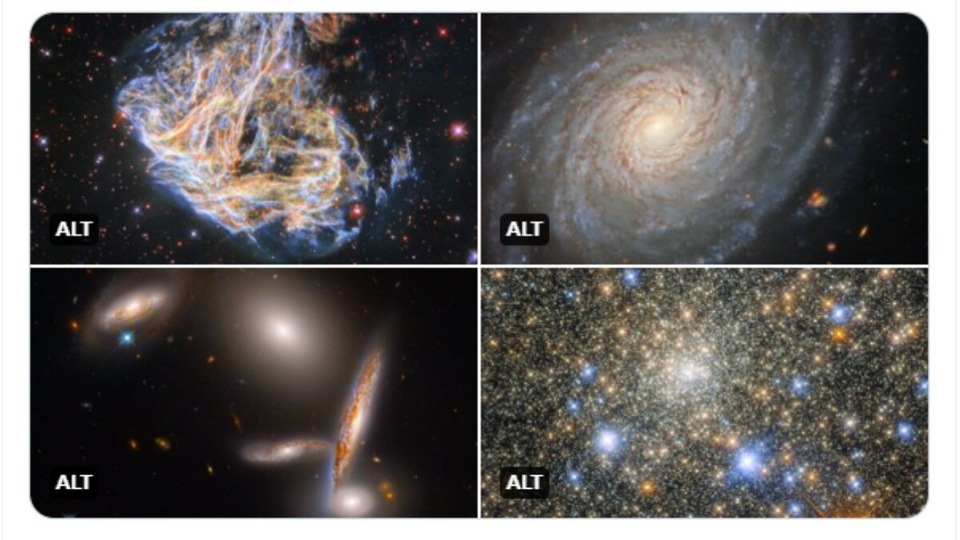
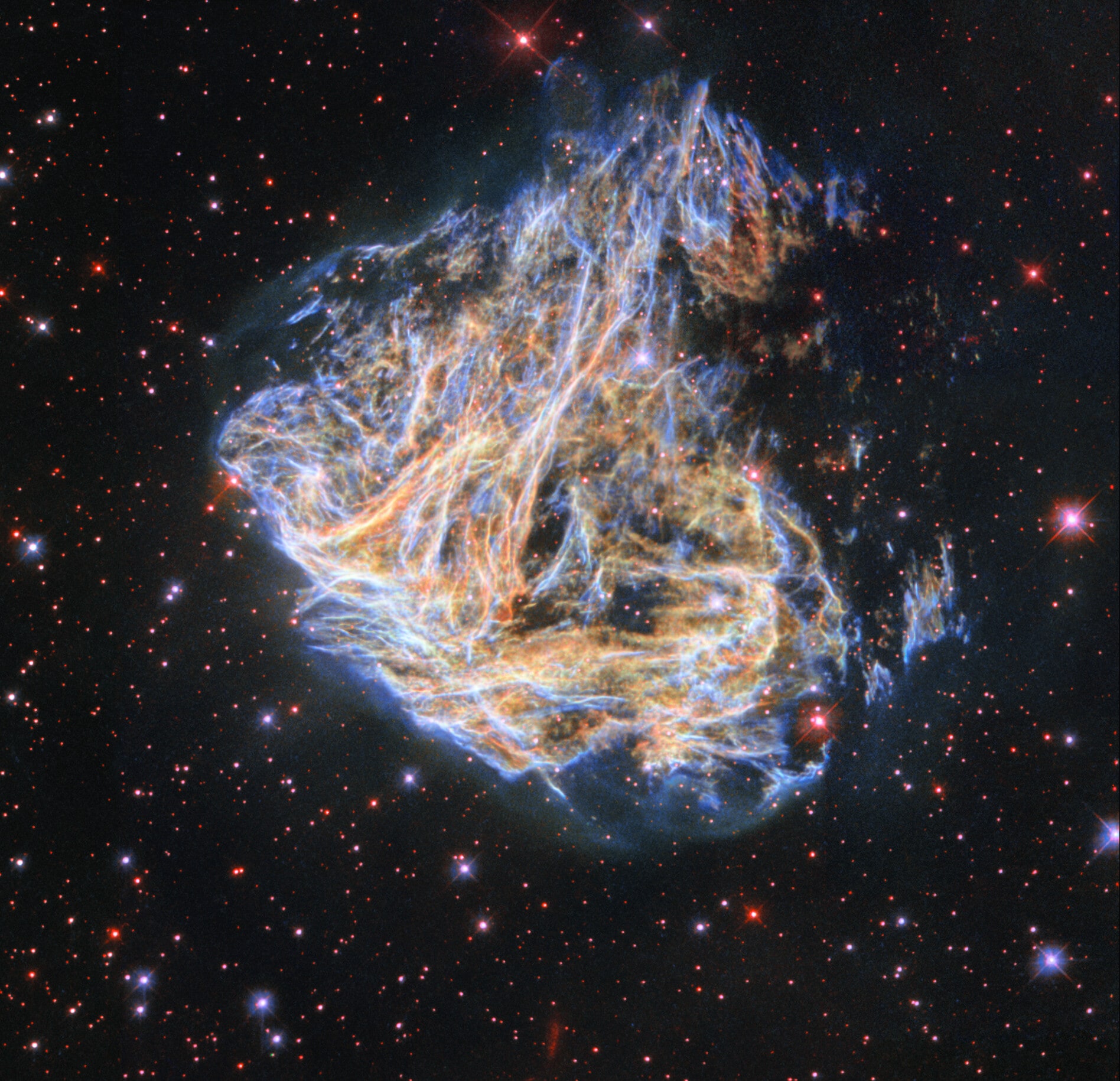
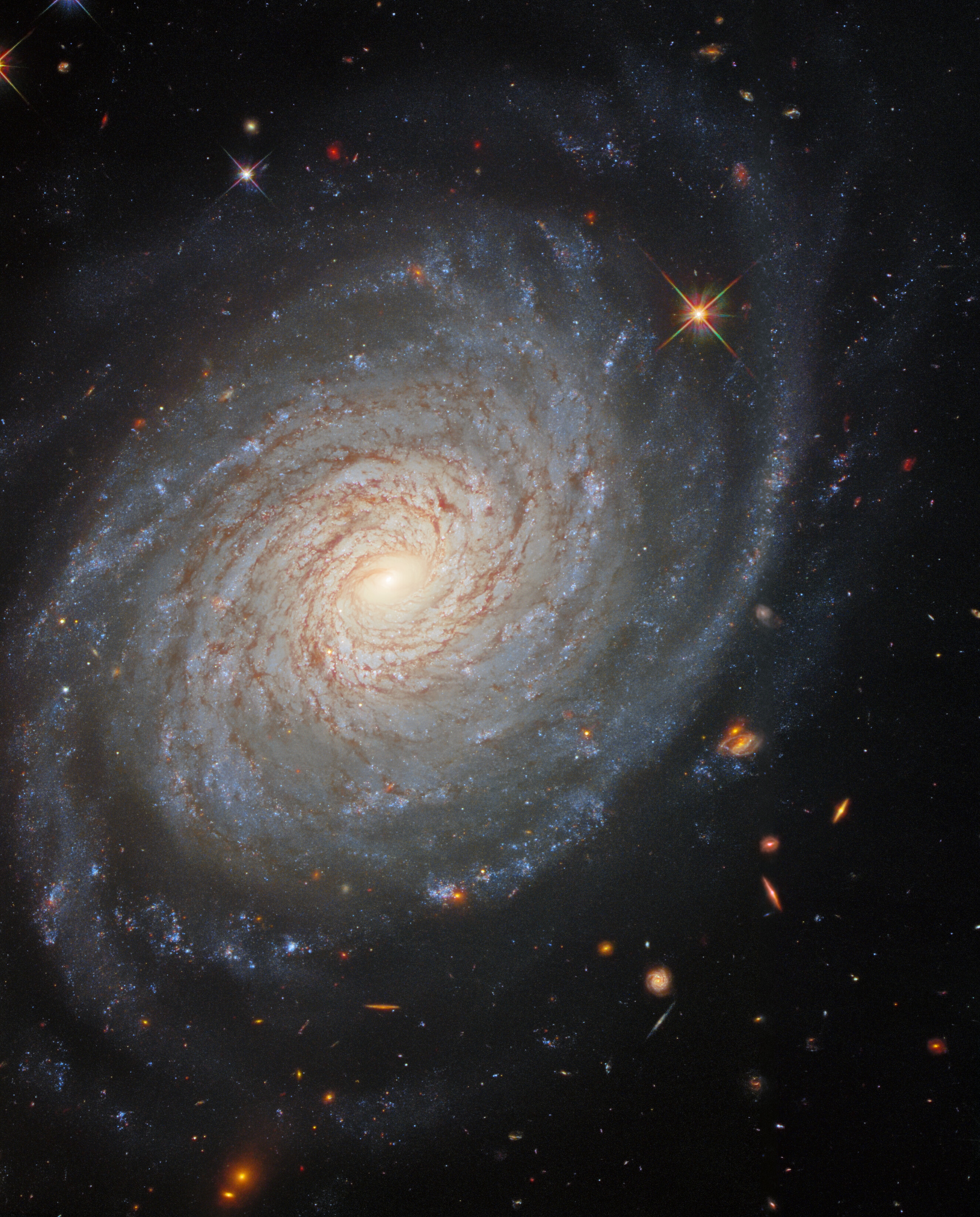
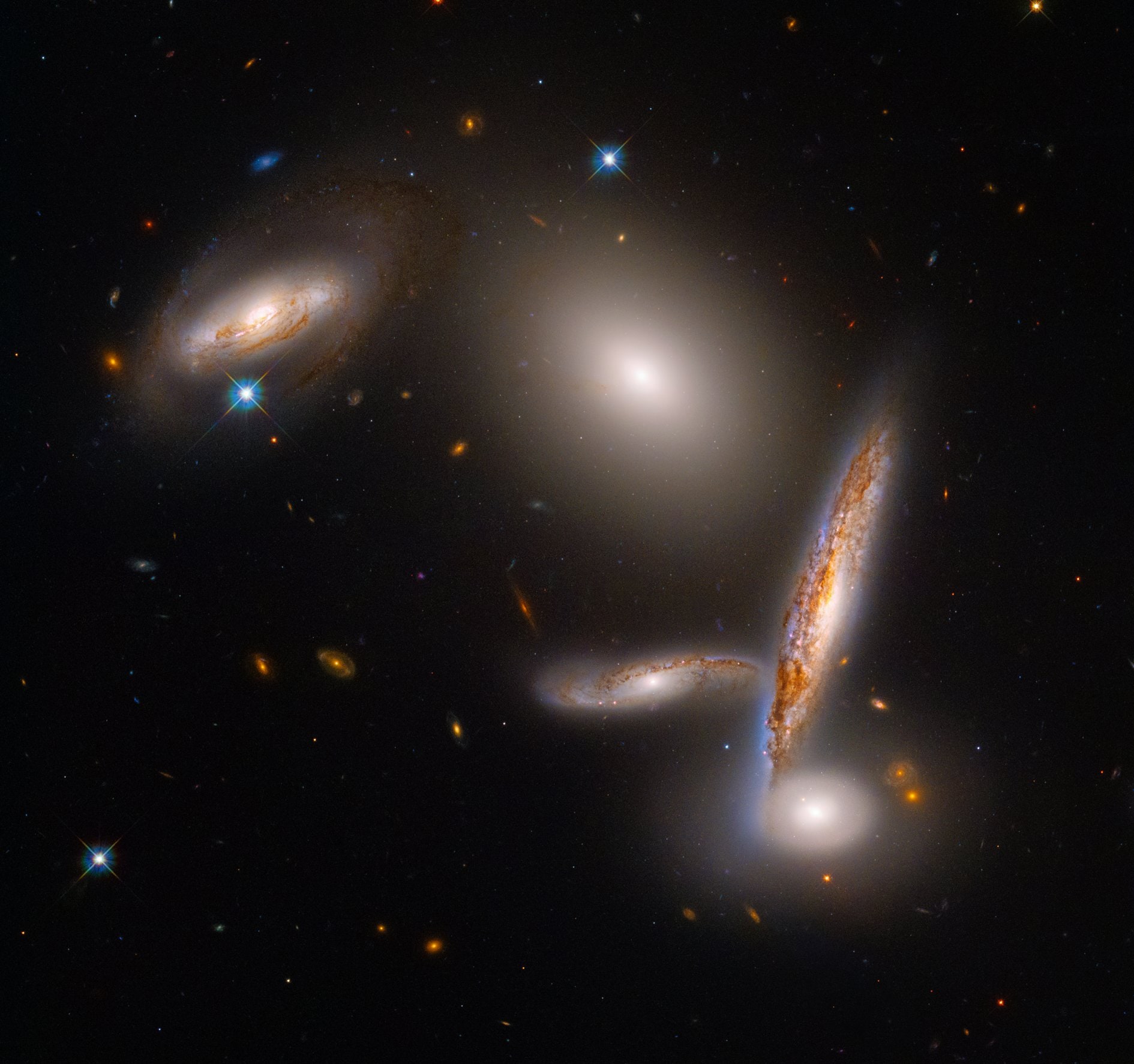

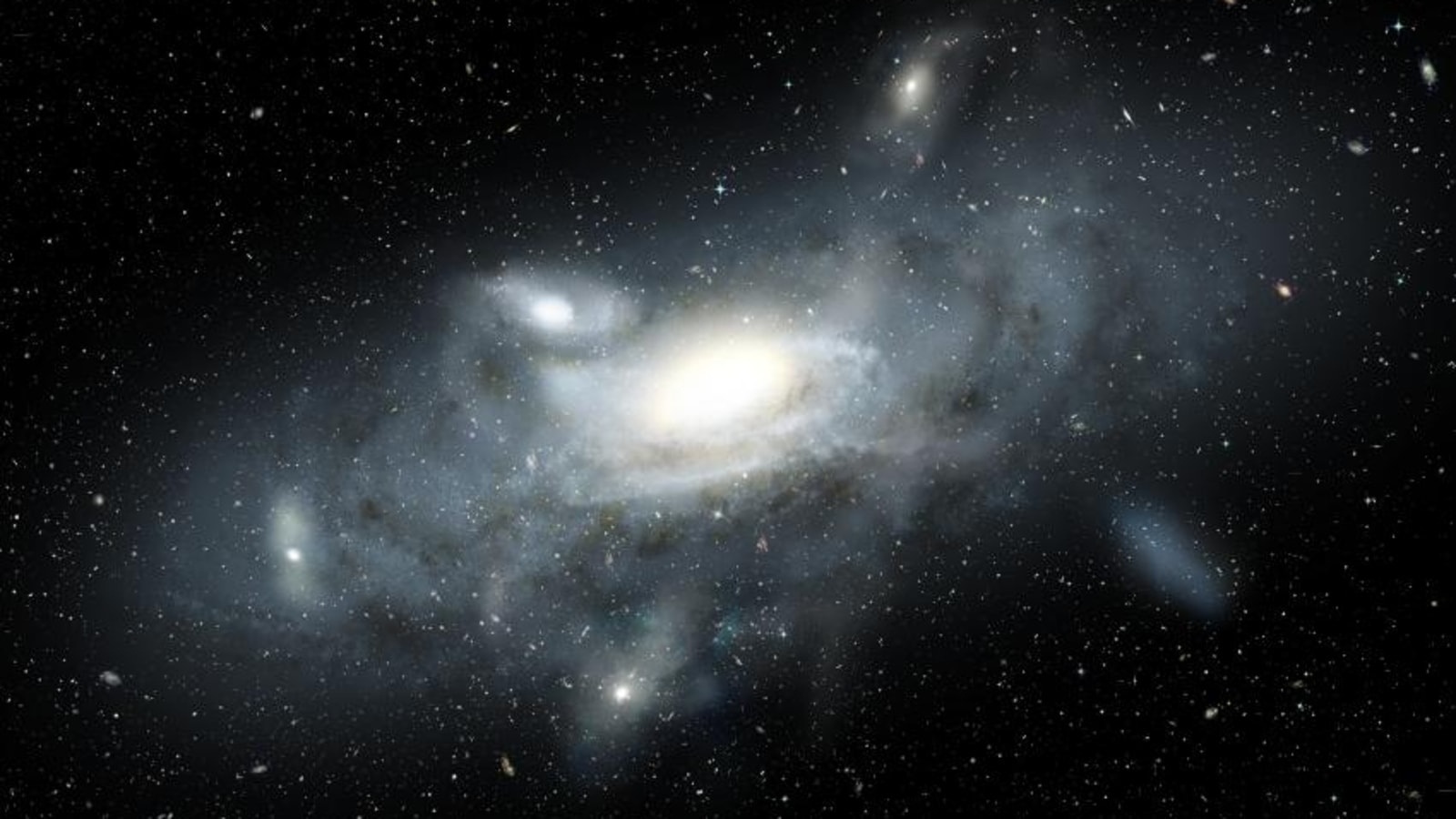
 View all Images
View all ImagesResearchers utilizing early data from the James Webb Space Telescope have discovered a young galaxy that resembles the early stages of our Milky Way Galaxy. Named "The Sparkler", the galaxy is embedded in a network of globular clusters and satellite galaxies and appears to be consuming them as it expands. The findings have been published in the Monthly Notices of the Royal Astronomical Society.
Our Milky Way Galaxy hosts around 200 globular clusters right now. While the Sparkler galaxy is named for its two dozen orbiting globular clusters, "The Sparkler" offers a rare glimpse into the formation history of the Milky Way during its early stages. Globular clusters are the dense collections of approximately one million stars providing valuable information in this regard, the Royal Astronomy Society report suggested.
Some scientists from the USA analyzed the age and metallicity distribution of a dozen of the compact star clusters surrounding "The Sparkler" and found that they resemble youthful versions of the clusters that currently surround the Milky Way. Some of these clusters have ancient formation ages and are metal-rich, similar to those found in the bulge of the Milky Way, leading the researchers to conclude that they are likely globular clusters. The study was spearheaded by Professor Duncan Forbes of Swinburne University in Australia and Professor Aaron Romanowsky of San Jose State University in the USA.
“We appear to be witnessing, first hand, the assembly of this galaxy as it builds up its mass – in the form of a dwarf galaxy and several globular clusters” Professor Forbes said.
More about Sparkler Galaxy
"The Sparkler" is located in the constellation of Volans in the southern sky. It and its system of globular clusters have been identified at a redshift of 1.38, indicating that we are witnessing the galaxy approximately 9 billion years ago, around 4 billion years post the Big Bang. However, the Sparkler is currently 3 percent the mass of the Milky Way, hence it is expected to grow over cosmic time.
Catch all the Latest Tech News, Mobile News, Laptop News, Gaming news, Wearables News , How To News, also keep up with us on Whatsapp channel,Twitter, Facebook, Google News, and Instagram. For our latest videos, subscribe to our YouTube channel.





























